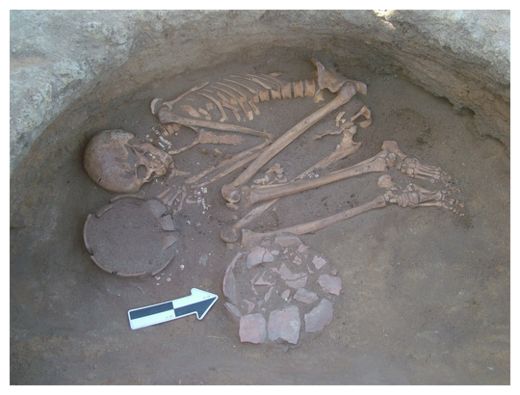
© Donatella Usai/Centro Studi Sudanesi and Sub-Sahariani (CSSeS)Researchers studied the dental calculus of skeletons, such as this one of a young man, found at a prehistoric gravesite in central Sudan.
When looking for a meal, prehistoric people in Africa munched on the tuberous roots of weeds such as the purple nutsedge, according to a new study of hardened plaque on samples of ancient teeth.
Researchers examined the dental buildup of 14 people buried at Al Khiday, an archeological site near the
Nile River in central Sudan. The skeletons date back to between about 6,700 B.C., when prehistoric people relied on hunting and gathering, to agricultural times, at about the beginning of the first millennium B.C.
The researchers collected samples of the individuals' dental calculus, the hardened grime that forms when plaque accumulates and mineralizes on teeth. Such buildup is fairly common in prehistoric skeletons, the researchers said.
"The
oral hygiene activities were not as good as they are today," lead researcher Karen Hardy, a professor of prehistoric archeology at the Institució Catalana de Recerca i Estudis Avançats and Universitat Autònoma de Barcelona in Spain, told Live Science.
An analysis of the chemical compounds and microfossils in the dental calculus point to the purple nutsedge (
Cyperus rotundus), Hardy said. In the teeth of each of the skeletons, Harder and her colleagues found starch granules that share a chemical composition with nutsedge. A close look at the granules also revealed how these people likely prepared their food: Those from the earlier time period likely ate the plant raw or lightly heated, which would have helped make the roots easier to peel.

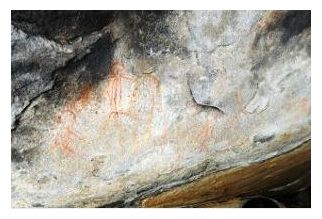
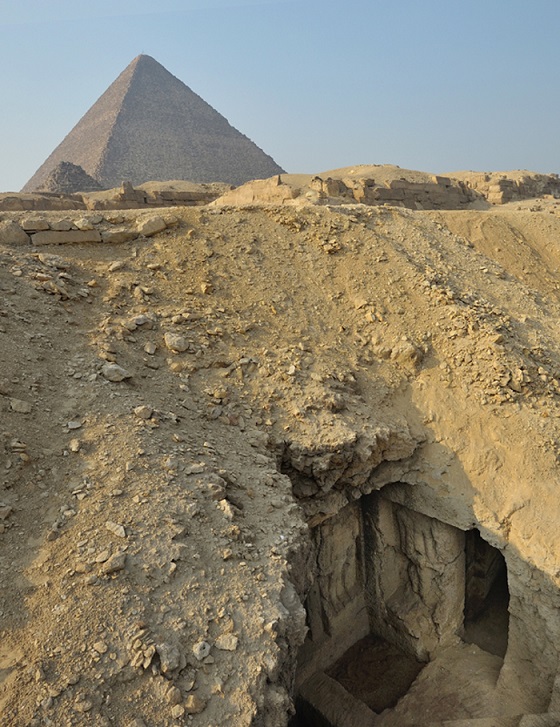
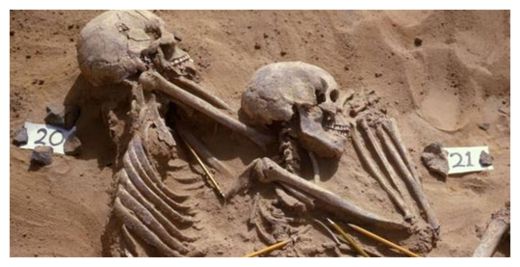

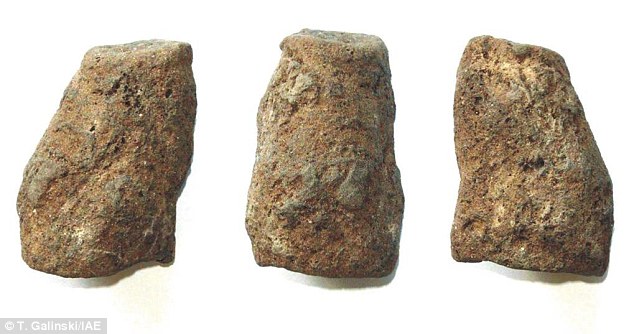
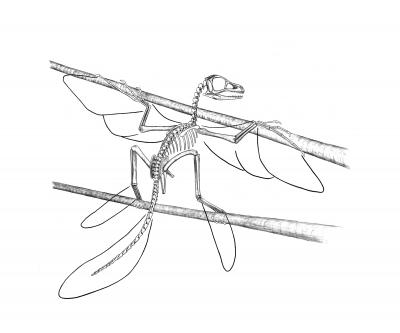
Comment: Journal Reference: Stephen A. Czerkas, Alan Feduccia. Jurassic archosaur is a non-dinosaurian bird. Journal of Ornithology, 2014; DOI: 10.1007/s10336-014-1098-9